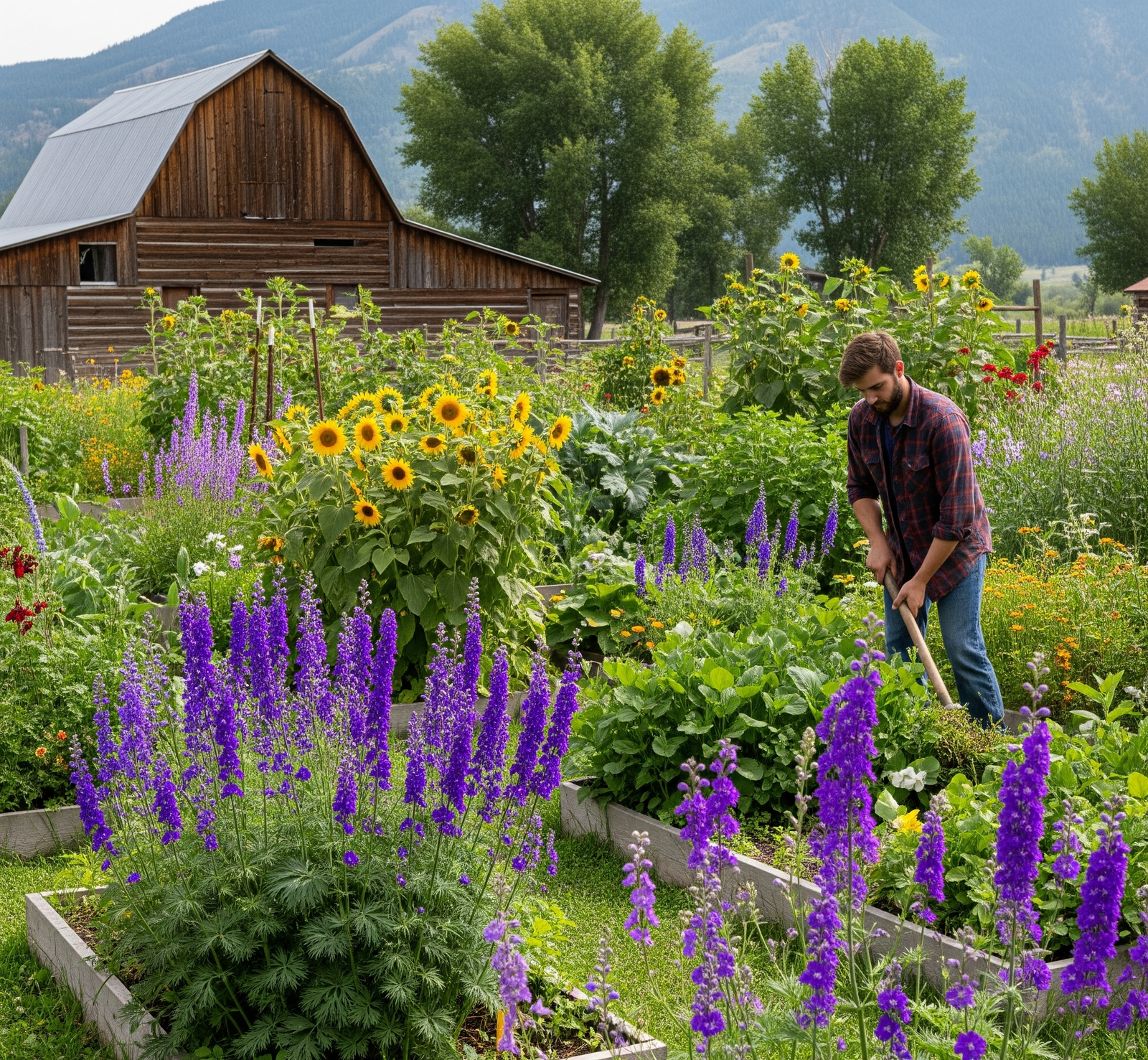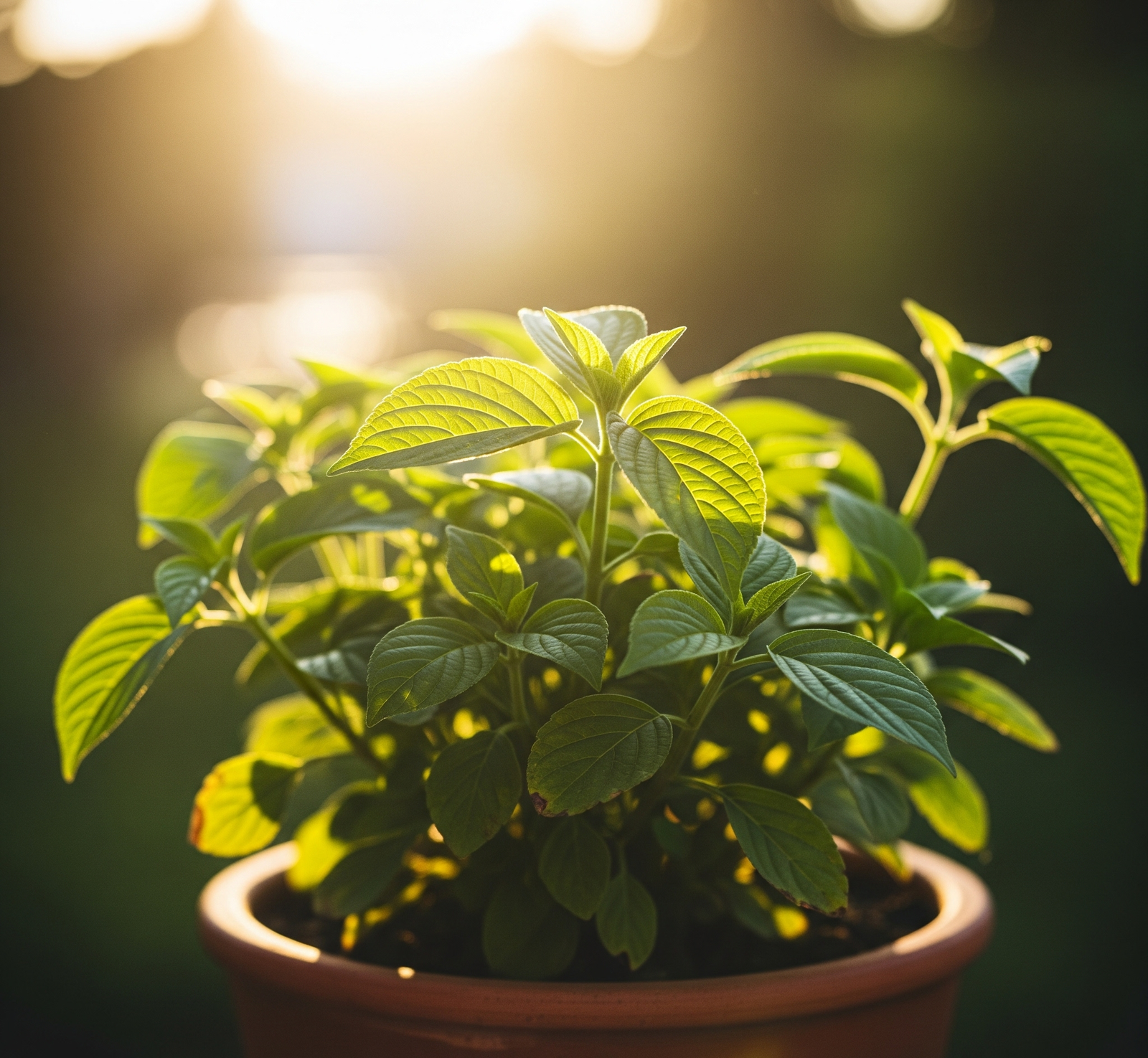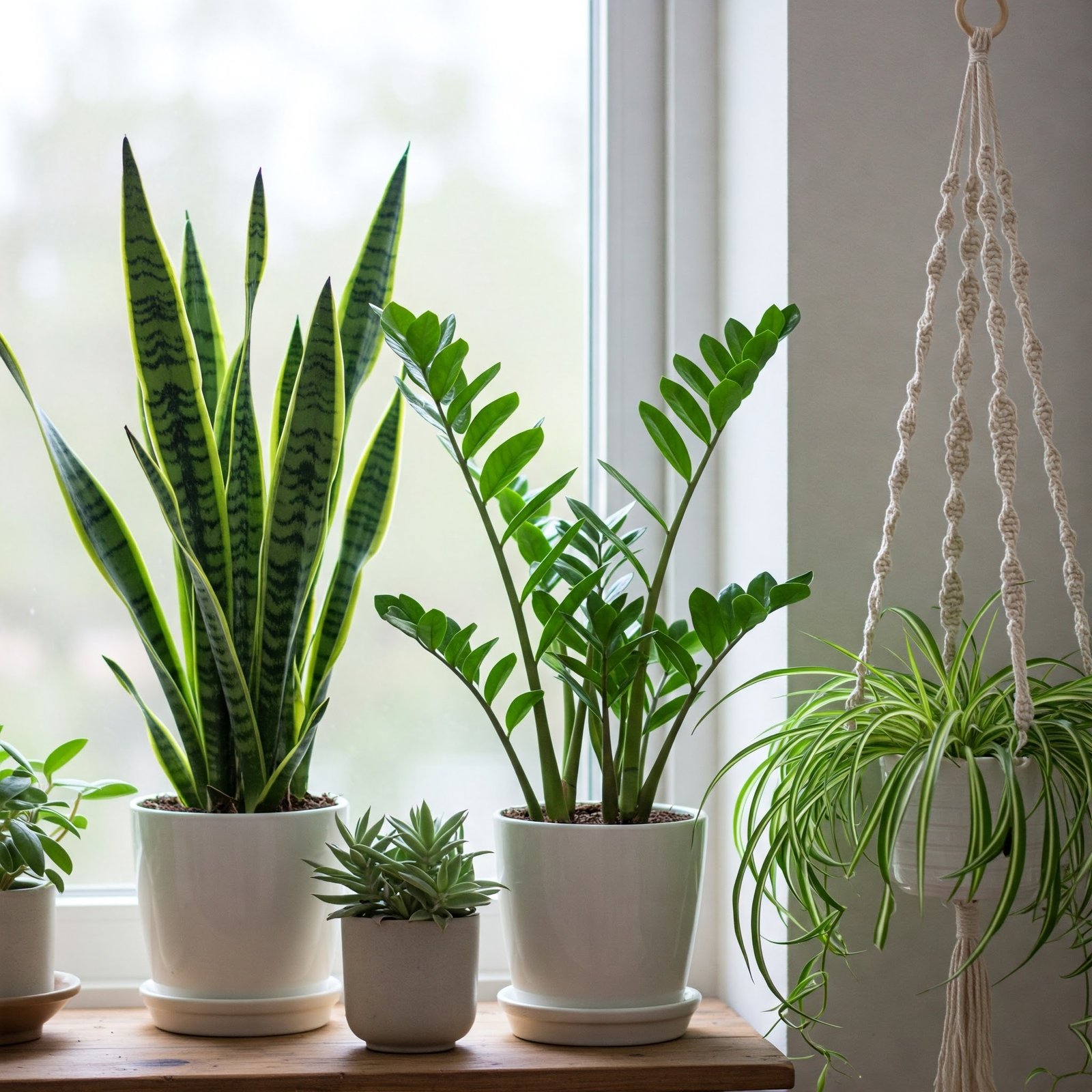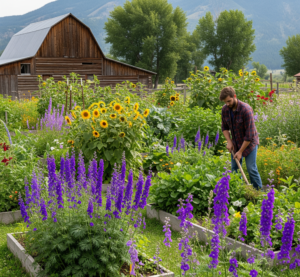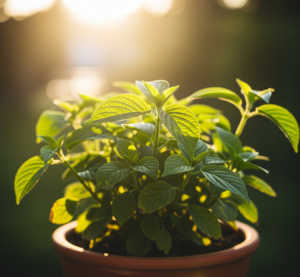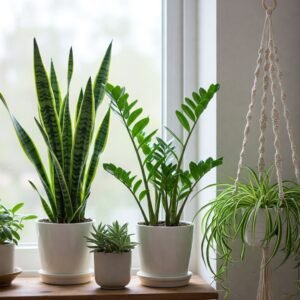Houseplant Care: Transform Your Indoor Jungle into a Thriving Oasis
Walk into any space adorned with lush greenery, and you’ll instantly sense the calm it radiates. But behind those glossy leaves and vibrant blooms is a silent language. Houseplants don’t speak, but they communicate through drooping stems, yellowing leaves, and slow growth. Understanding these signs is the art of houseplant care. It’s not about routine watering or occasional pruning. It’s about fostering an environment where plants don’t just survive—they flourish.
In this guide, we’ll break down the nuances of houseplant care to help you cultivate a thriving indoor jungle that turns heads and purifies air.
The Foundation of Houseplant Health: Light, Water, and Airflow
1. Light: More Than Just a Spot by the Window
Every houseplant comes from a distinct natural habitat—some bask under the sun in tropical forests, others thrive in shaded understories. Replicating their native conditions is key.
- Bright, indirect light suits most popular houseplants like pothos, monsteras, and philodendrons. Place them near east-facing windows where morning sunlight is softer.
- Direct sunlight can scorch delicate leaves. Use sheer curtains to diffuse harsh rays if south-facing windows are your only option.
- For low-light varieties like ZZ plants or snake plants, north-facing windows or darker corners work. But even they appreciate occasional exposure to brighter spaces.
Pro tip: Rotate pots every few weeks. Plants naturally grow toward light, and rotation ensures even growth on all sides.
2. Water: The Balancing Act Between Drought and Drowning
Watering is where most houseplant struggles begin. Overwatering suffocates roots; underwatering dehydrates them.
- The finger test never fails. Stick your finger about two inches into the soil. If it feels dry, it’s time to water. If damp, wait a few more days.
- Use room-temperature water. Cold shocks roots; hot scalds them.
- Drainage holes aren’t optional. Without them, water stagnates, inviting root rot.
Warning signs:
- Yellow, mushy leaves? Likely overwatering.
- Crispy, brown edges? Probably underwatering or low humidity.
Pair watering with observation. Plants in terracotta pots dry out faster than those in plastic ones. Climate, season, and plant size also affect how often you should water.
3. Airflow: The Forgotten Factor
Still air encourages pests and fungal growth. Open windows when weather permits or use a small fan for gentle air circulation. This keeps plants healthier and soil from staying damp too long.
Soil and Fertilizer: Nourishing From the Roots Up
Soil: A Home for the Roots
Forget generic “potting soil” for every plant.
- Cacti and succulents prefer sandy, fast-draining soil.
- Aroids (monsteras, philodendrons) thrive in chunky mixes—combine potting soil with perlite, orchid bark, and a little charcoal.
- Ferns love moisture-retaining blends rich in peat moss.
The right mix prevents waterlogging while holding enough moisture for roots to absorb.
Fertilizer: Food, Not a Quick Fix
Plants need nutrients, but overfeeding does more harm than good.
- During active growing seasons (spring and summer), feed every 4-6 weeks with a balanced liquid fertilizer diluted to half strength.
- In fall and winter, plants rest. Reduce feeding drastically or stop altogether.
Tip: Watch leaf color. Fading green often means a nitrogen deficiency; poor flowering suggests low phosphorus.
Pruning and Cleaning: Encouraging Growth and Health
Dead leaves aren’t just unsightly—they sap energy from the plant. Regularly prune yellowing or damaged foliage using sharp, sterilized scissors. This redirects the plant’s resources to healthy growth.
Dusty leaves block light absorption and reduce photosynthesis. Wipe them gently with a damp microfiber cloth or spray with lukewarm water. For fuzzy leaves like African violets, avoid wetting—use a soft brush instead.
Dealing With Pests and Diseases Naturally
Even the most meticulous care won’t make your houseplants immune to pests. Common culprits include:
- Spider mites: Fine webbing on leaves. Solution: Spray with neem oil or insecticidal soap.
- Mealybugs: Cottony clusters at nodes. Solution: Dab with rubbing alcohol on a cotton swab.
- Fungus gnats: Tiny flies around soil. Solution: Let the topsoil dry, add a layer of sand, and use yellow sticky traps.
Prevention is better than cure. Quarantine new plants for two weeks before introducing them to your collection.
Humidity and Temperature: Mimicking Nature Indoors
Tropical plants crave humidity levels of 50–60%. If your indoor air is dry, especially in winter:
- Group plants together to create a microclimate.
- Use a humidifier nearby.
- Place pots on trays filled with pebbles and water (but keep pot bottoms above water).
Keep plants away from heating vents and drafty windows. Sudden temperature swings stress them and stunt growth.
Choosing the Right Pot: More Than Just Aesthetic
Oversized pots hold excess soil that stays wet longer—risking root rot. Undersized pots cramp roots. Aim for a container 1–2 inches larger in diameter than the root ball.
Terracotta breathes, making it ideal for moisture-loving plants. Plastic retains water longer, suiting drought-tolerant varieties.
Seasonal Adjustments: Why One Routine Doesn’t Fit All
Houseplants aren’t static—they respond to changing seasons.
- Spring: Repot if roots are circling the pot’s edges. Start fertilizing.
- Summer: Monitor water needs closely. Growth peaks.
- Autumn: Cut back on watering and fertilizing as growth slows.
- Winter: Provide as much light as possible and avoid cold drafts.
Styling and Placement: The Final Touch for a Green Sanctuary
Healthy houseplants deserve to shine. Beyond care, consider their placement for maximum visual impact:
- Tall plants like fiddle leaf figs make perfect corner statements.
- Trailing varieties (pothos, string of pearls) add life to shelves or hanging baskets.
- Small clusters of different textures create a vibrant vignette on coffee tables or countertops.
Rotate displays seasonally to match the changing light and to keep plants thriving.
| Troubleshooting Common Problems at a Glance | ||
| Problem | Possible Cause | Solution |
| Yellow leaves | Overwatering, poor drainage | Reduce watering, check soil moisture |
| Brown tips | Low humidity, underwatering | Increase humidity, adjust watering |
| Drooping leaves | Root issues, lack of water | Inspect roots, water if soil is dry |
| Stunted growth | Nutrient deficiency, low light | Fertilize during growing season, relocate |
The Reward of Attentive Houseplant Care
Houseplant care isn’t a chore—it’s a relationship. Each plant has its own rhythm, quirks, and personality. The more attuned you are, the more they reward you with lush foliage, clean air, and a sense of connection to nature.
Start small, observe, adjust. Over time, your indoor space will transform into a vibrant, living sanctuary.
Final Thought
Your plants don’t demand perfection—they thrive on consistency, observation, and a little love. Treat houseplant care as a daily ritual, not a checklist. The lush, thriving jungle you envision is entirely within your reach.

